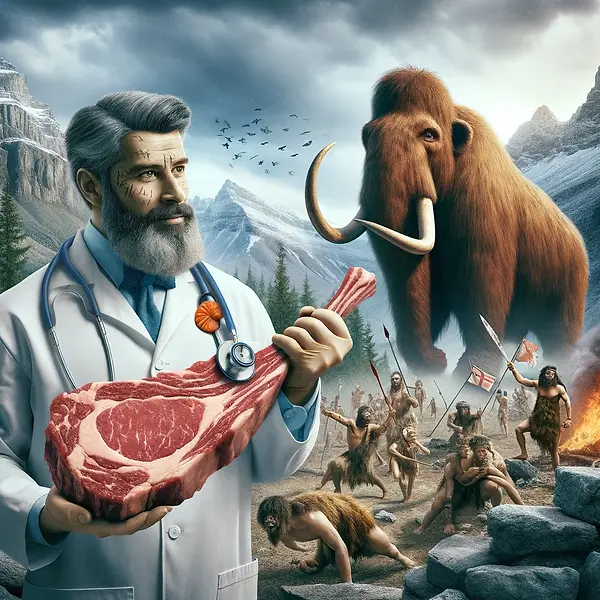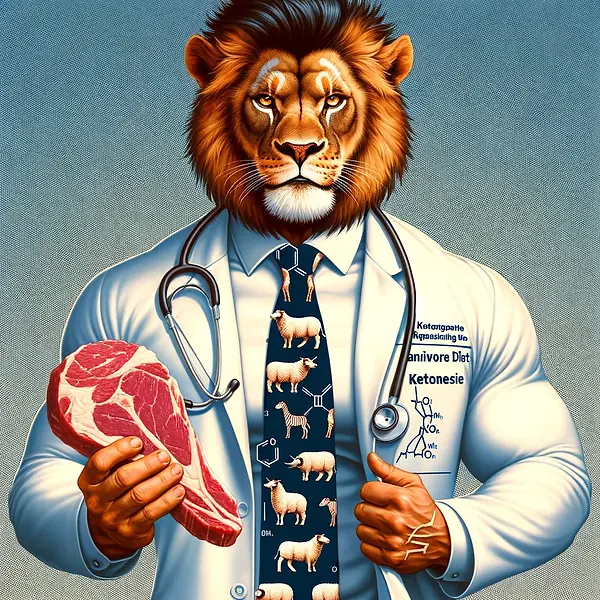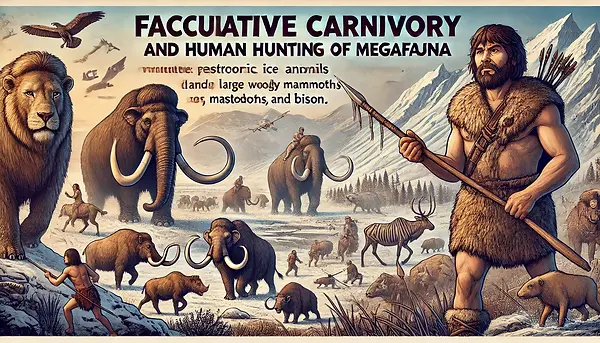
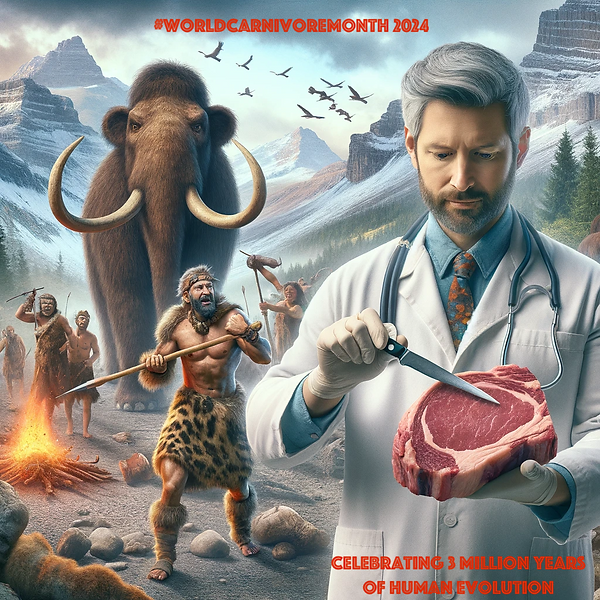
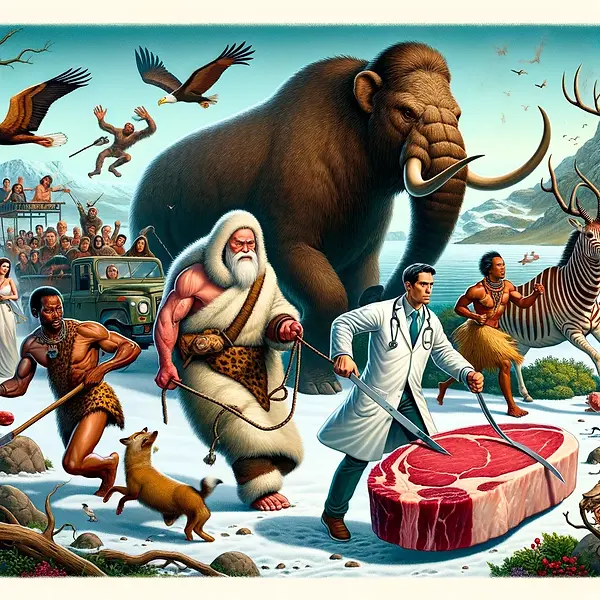
Title:
An ancient ecospecies of Helicobacter pylori
Abstract:
Helicobacter pylori disturbs the stomach lining during long-term colonization of its human host, with sequelae including ulcers and gastric cancer1,2. Numerous H. pylori virulence factors have been identified, showing extensive geographic variation1. Here we identify a ‘Hardy’ ecospecies of H. pylori that shares the ancestry of ‘Ubiquitous’ H. pylori from the same region in most of the genome but has nearly fixed single-nucleotide polymorphism differences in 100 genes, many of which encode outer membrane proteins and host interaction factors. Most Hardy strains have a second urease, which uses iron as a cofactor rather than nickel3, and two additional copies of the vacuolating cytotoxin VacA. Hardy strains currently have a limited distribution, including in Indigenous populations in Siberia and the Americas and in lineages that have jumped from humans to other mammals. Analysis of polymorphism data implies that Hardy and Ubiquitous coexisted in the stomachs of modern humans since before we left Africa and that both were dispersed around the world by our migrations. Our results also show that highly distinct adaptive strategies can arise and be maintained stably within bacterial populations, even in the presence of continuous genetic exchange between strains.
Details
https://www.nature.com/articles/s41586-024-07991-z
Hardy strains carry an iron-cofactored urease (UreA2B2) in addition to the canonical nickel-dependent enzyme of H. pylori (Fig. 4b,c). Iron-cofactored urease is thought to facilitate survival in the low-nickel gastric environment of carnivores37. Although previously noted in a single Hardy H. pylori strain from northern Canada3, this feature has otherwise been entirely associated with Helicobacter residing in obligate carnivore animal species: H. mustelae (ferrets), H. felis/H. acinonychis (cats, big cats) and H. cetorum (dolphins, whales)38. Pangenome analysis of non-pylori Helicobacter species isolated from animals (Fig. 4b and Supplementary Table 4) confirmed these associations and identified ureA2B2 homologues in additional species associated with carnivores (cats, dogs), including H. cynogastricus, H. salomonis and H. baculoformis. We did not detect ureA2B2 in some gastric Helicobacter spp. associated with cats and dogs (for example, H. heilmannii, H. bizzozeronii); however, these species are known to cocolonize the stomach with other species that carry iron urease such as H. felis39. We did not detect ureA2B2 in any species that colonize omnivores, in either the Hardy primate strains that also probably encounter a varied diet (Fig. 4c) or any enterohepatic species (data not shown). The ureA2B2 locus reflects a very old duplication event, with versions of both genes also found in H. cetorum (Supplementary Figs. 3 and 4). Therefore, as we also observed for vacA, it is likely that the ancestral population had two versions of the gene but that one has been lost by Ubiquitous strains following evolution of the ecospecies.Functional enrichment analysis of the 100 differentiated genes in the Hardy ecospecies confirmed a marked enrichment of Helicobacter outer membrane proteins (21 of 100 genes, P < 0.05; Fig. 4d and Supplementary Tables 3 and 5), and the list also included many genes involved in cell envelope biogenesis. Four outer membrane protein-coding genes are unique to the Hardy genomes. One gene resembles the carbohydrate-binding adhesin BabA, which is missing in Hardy strains, but major alterations in the cysteine loop-forming motifs involved in glycan binding suggest differences in binding specificity.
Discussion
Our analysis has found that Indigenous people in Siberia and North and South America are infected by two distinct types of H. pylori that we have named Hardy and Ubiquitous. These types are distinguished by nearly fixed differences in 100 out of 1,577 genes (based on an alignment with the 26695 reference genome) and important differences in gene content, despite evidence of extensive genetic exchange throughout the genome. We designate these types as ecospecies, because within the differentiated fraction of the genome they have their own gene pools that are sufficiently different (minimum dS of 0.20 between Hardy and Ubiquitous strains and maximum average nucleotide identity (ANI) of 0.94; Extended Data Fig. 8e) that they would be considered a different species based on the usual criteria applied to bacteria of ANI < 0.95 (ref. 40), if this divergence was found across the genome. However, they are not species, because most of the genome is undifferentiated and there is no evidence that distinct types ever existed in the undifferentiated fraction of the genome. A similar pattern of genetic variation has been observed in Vibrio parahaemolyticus, in which the the EG1a genotype is differentiated at 26 genes in 18 genome regions41, despite high recombination elsewhere in the genome42, implying that EG1a also deserves ecospecies status.Ecospecies evolution in the human stomach
The existence of these highly distinct genotypes within multiple geographical regions poses the question of how and when they have arisen and spread. Our explanation emphasizes continuity within their established primary host species, namely humans. The two ecospecies currently coexist stably within several human populations, and we propose that since the distinction between the types first arose in the ancestor of modern humans the types have coexisted continuously, as shown in Fig. 2a. This hypothesis can explain the current pattern of diversity parsimoniously, without requiring either host jumps into humans3 or convergent evolution43.The ecospecies split is ancient. In the regions of the genome in which Hardy and Ubiquitous are distinct, the synonymous divergence between them is higher than that between any pair of strains from the same ecospecies (Extended Data Fig. 8), implying that the Hardy–Ubiquitous split is older than any known H. pylori population, including HpAfrica2, which originated in Khoisan groups in southern Africa and is thought to be the deepest-branching human population. Additional evidence for antiquity comes from dot plots showing many more genome rearrangements between pairs of strains in different ecospecies than between pairs within either of them (Extended Data Fig. 7), reflecting an ancient split in their clonal ancestry.Despite the substantive differences between ecospecies, there is also good evidence of coexistence within the same human populations and parallel spread. First, in most of the genome, coexisting H. pylori from different ecospecies are more closely related to each other than they are to H. pylori from other geographical locations (Fig. 1b). Second, at the 100 genes that are differentiated between the ecospecies, those from Hardy and Ubiquitous strains have an approximately parallel history of spread, which incorporates Africa, Sahul, Siberia and North and South America, as can be seen from the similar topology and branch length of phylogenetic trees for these loci (Fig. 2b). A simple explanation for this approximately parallel history is that both types have been spread to these continents by the same, or similar, migrations of modern humans, before subsequent host jumps to big cats (H. acinonychis) and primates (UC Davis Primate Center isolates). These host jumps took place following the spread of H. pylori around the world and can be assigned to specific branches in Fig. 2a, but are probably tens of thousands of years old4, because the resulting strains are quite distinct from any H. pylori in our sample. The geographical distribution of these lineages in the wild is unknown.An alternative explanation for the origin of ecospecies is that they arose in an introgression event involving a different Helicobacter species or lineage. Our genomic data provide evidence against plausible introgression hypotheses. For example, if humans came out of Africa carrying Ubiquitous H. pylori and these hybridized with bacteria with Hardy alleles that had evolved in Neanderthals, Denisovans, big cats or aquatic mammals, this hybridization should have generated genetic exchange throughout the genome, as has been observed wherever distinct H. pylori populations coexist26,33. However, in the non-differentiated fraction of the genome we see no evidence for elongated branch length in those populations in which the Hardy ecospecies is found (Fig. 1b and Extended Data Fig. 2b) that would be generated by this gene flow, nor evidence of an elevated genetic distance to hpAfrica2 (Extended Data Fig. 8a). If the historical reservoir for Hardy was an archaic human or animal, it is also hard to explain the parallel history of spread shown in Fig. 2b, or indeed how these disparate locations were reached. Few species have been as successful in colonizing the world in the past 100,000 years as modern humans.Although there is no evidence of import of diverged DNA into H. pylori populations, as required by an introgression hypothesis, there is good evidence of progressive divergence at the loci that define the ecospecies. According to the gene-by-gene topologies presented in Supplementary Fig. 1, most of the genes have separate Hardy and Ubiquitous clades. However, for 13 of 49 of these ecospecies-defining genes, hpAfrica2 strains cluster with H. acinonychis, implying that the divergence between Hardy and Ubiquitous versions commenced following the split from the hpAfrica2 population—in other words, within the history of extant human populations. Furthermore, there is evidence that positive selection has precipitated divergence, in the form of elevated dN/dS levels in comparisons between ecospecies, at ecospecies-defining genes (Extended Data Fig. 8d).Notwithstanding the evidence for progressive evolution of Hardy and Ubiquitous ecospecies within humans, important uncertainties remain. The first is the age of the ecospecies split. Previous analysis34 suggested that hpAfrica2 split from other H. pylori around 100,000 years ago and concluded that there is no direct evidence for H. pylori in humans before that. Assuming that divergence in dS values between hpAfrica2 and H. pylori Hardy strains at differentiated regions of the genome (Extended Data Fig. 8b,d, Hardy H. pylori subplot) accumulated according to a molecular clock implies that Hardy and Ubiquitous evolved at least 0.34/0.23 before this split, or at least 150,000 years ago. However, an alternative hypothesis is that hpAfrica2 strains codiverged with Khoisans, with a split time from other human populations of around 200,000 years—albeit with considerable uncertainty35,44. If this is used instead as a calibration point for Hardy evolution, this date estimate is pushed back by a factor of two to 300,000 years. Furthermore, residual gene flow between Hardy and Ubiquitous strains within these differentiated regions could result in substantial underestimation of when divergence between ecospecies commenced. Evidence for such gene flow is that dS values between Hardy and Ubiquitous strains are lowest between strains from the same geographic region (Extended Data Fig. 8d, Hardy H. pylori subplot).Functional niche of Hardy ecospecies
A second major uncertainty relates to how Hardy strains have been able to reach Sahul, North and South America and Siberia from Africa. One speculative factor that could explain ecospecies distribution is variation in human diets during our colonization history. Hardy strains share an iron-cofactored urease with Helicobacter from carnivores. In mammals, the main source of nickel—the cofactor of urease in Ubiquitous strains—is thought to be plant based37. This poses a challenge in regard to Helicobacter colonizing the stomachs of carnivores. Iron urease is thought to facilitate persistent colonization by species such as H. felis and H. mustelae even when nickel is limiting38. Further evidence for the potential role of diet is that several other genes that are differentiated between Hardy and Ubiquitous strains encode iron and nickel acquisition factors (frpB4, tonB1, exbB, exbD) or iron/acid adaptation regulators (fur, arsS).
Humans themselves have come under selection pressure due to changing diet. Hardy strains are currently found in human populations in which few crops are grown and that have ancestral alleles at the fatty acid desaturase locus45, responsible for fatty acid metabolism, that have been strongly selected against within European populations over the past 10,000 years46. The modern distribution of H. pylori ecospecies could be explained if humans had relied principally on hunting when colonizing new locations but that this depleted large prey47, leading to a dietary shift. In this scenario, the first human migrations could have transmitted both ecospecies but Hardy could then have died out in most locations along its migration path, long before the introduction of agriculture. If this scenario is correct, it implies that the ancestral population in which Hardy and Ubiquitous first differentiated was also heavily dependent on hunting. Functional work will be necessary to establish the conditions in which Hardy and Ubiquitous strains are able to coexist, and to further flesh out these hypotheses.
There is an intimate relationship between H. pylori pathogenesis and host iron status, and nutritional adaptation has also been proposed as one explanation for the benefit of virulence factors such as VacA and CagA to the bacterium2. The Hardy ecospecies has been isolated from human populations with significant gastric disease risk3, and H. acinonychis causes severe gastritis and is a frequent cause of cheetah death in captivity48. However, it remains to be seen whether the Hardy ecospecies can also be defined as a ‘pathotype’. In addition to genes associated with metal uptake, a large fraction of the genes that are differentiated between ecospecies are in outer membrane proteins, including adhesins, with other genes being associated with virulence. This association is fascinating because it could shed light on the interactions among human diet, bacterial colonization strategies and virulence.
Hypothesis:
H. pylori is a bacteria that primarily infects carnivores, and humans have carried these carnivore-diet based bacteria with them from Africa as they hunt global megafauna.
The modern distribution of H. pylori ecospecies could be explained if humans had relied principally on hunting when colonizing new locations but that this depleted large prey, leading to a dietary shift.

